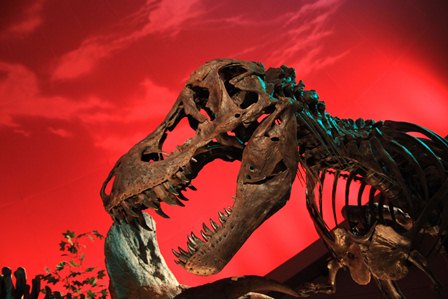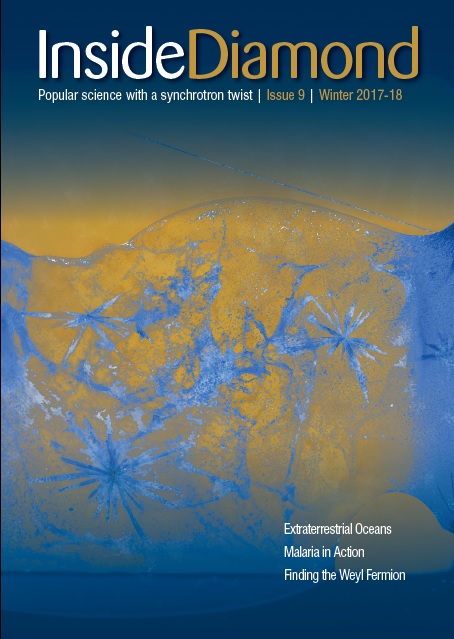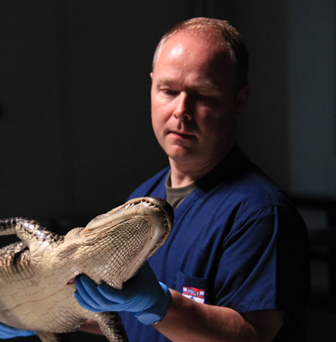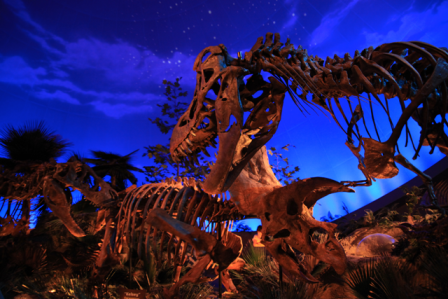
- Millions of years after they became interred in the ground, the elemental make up of fossils can still provide vital clues as to how ancient creatures lived and died.
Dinosaurs became extinct about 66 million years ago, but try telling them that. The fossilised remains of prehistoric giants are now helping to create modern miracles, supporting advances in nuclear technology and biomedical research. Mountains of new information has emerged from the study of ancient fossils, as Diamond’s bright beams give long-dead creatures a new lease of life.
This renaissance in palaeontology began about eight years ago, when a group of dinosaur explorers heard about scientists using synchrotron light in the USA to study the chemistry of ancient parchments. By scrutinising the chemical makeup of iron-rich ink on the parchments, the scientists found they were able to read words that had been scraped off the parchment over 800 years earlier. This allowed some of the great works of Archimedes to be read, albeit as a chemical ghost of the former text.
Intrepid palaeontologists were quick to see the possible uses of synchrotron light for their own research. These days, dino experts use machines like Diamond to investigate the chemistry inside fossils, divining secrets about the ancient past from the chemical ghosts. Millions of years after they became interred in the ground, the elemental make up of fossils can still provide vital clues as to how ancient creatures lived and died.
But twenty-first century palaeontology is not just about exploring the prehistoric past; the research that palaeontologists are doing at Diamond is also having a real impact on our future. Phil Manning, from the University of Manchester, is one of the UK’s leading experts on dinosaurs, and he’s keen to highlight the interdisciplinary nature of his field. “All science is core science”, says Phil. “Nothing highlights that as much as palaeontology. This is not just the study of dead animals; the insights we’ve unearthed have impacted on everything, from medicine to engineering.”



